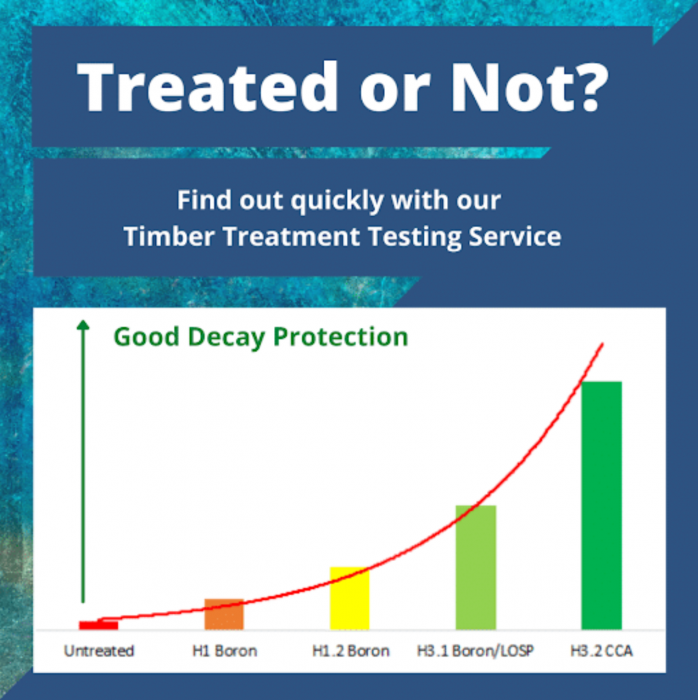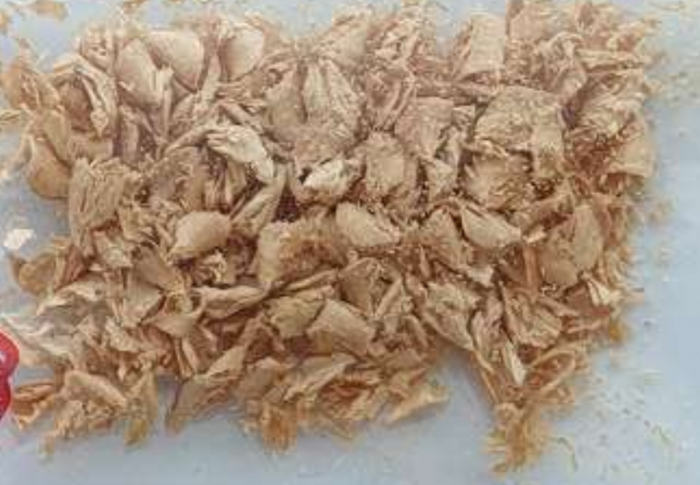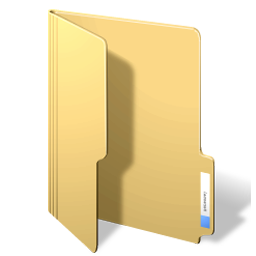Timber Treatment Chronology
NZ house framing
Carpentry in New Zealand
1946 to 2022 treatment history
1946: After WWII Labour Government embarked on a campaign to build 100,000 homes. State Advances were commissioned to manage and fund this program. Durable Rimu stocks were redirected to exports. Non-durable Kahikatea, Tawa and Radiata were used instead. By 1946 State Advances found owners could not fund massive repairs as framing decayed and was attacked by insects. They mandated tanalith treatment to protect framing from damage and protect mortgages and owners equity.
1952: NZ Government Inquiry into use of Boron as substitute for tanalith. Tanalith is toxic and required expensive pressure vessels which the mainstream mills could not afford. Diffusion using boron was a cheaper investment option. DSIR and FRI determined boron loadings required 0.09%BAE to control borer, 0.48%BAE to control 4 specie of decay fungi and 0.8%BAE to manage strains of native and imported termites. Due to variability of diffusion rates the commission determined a loading charge of 4.8Kg/m3 was required which equates to 1.2%BAE providing a safety factor for diffusion. The Commission approved boron as a 'treatment' suitable to substitute tanalith only on the basis BAE was sufficient to control 'all wood destroying pests'. Trees milled at 35 years so have high proportion of durable heart timbers of high density (450kg/m3 or more).
1975. NZS 3602 reduced boron to 0.8%BAE if using new pressure vessels and temperature induced processes. This became C8 Hazard Classification insects, decay and termites. Tanalith became C7. Bottom plates in stucco clad walls required C7 tanalith treatment. Boron depletes as absorbent cladding sucks out the boron when wet. Tanalith remains more stable.
1988: Standards MP 3640 changed C7 into Australian Standard H3. C8 was to be split into H1 hazard class insects at 0.1%BAE and H2 hazard class decay and termites. However Australian Standards had not approved boron in H2 so these pages in the standard were removed. They remain as blank pages. H1 is permitted if protected by external roofs and walls and adequately ventilated. ie H1 not approved for framing of the external roofs or walls of homes. H2 did approve LOSP Tin and CCA at slightly lower concentrations than H3.
1992. Standards MP 3640 re-affirmed the 1988 version. In the meantime NZ timber experts were trying to convince Australia Standards Boron was suitable for Hazard Class decay and termites. They were unsuccessful until 2010 now allows 6000ppm which equates to 0.8%BAE. NB: FRI CEO Dr Cross world publication dated 1992 warned 'for only $102 per home boron is a cheap once only insurance' against damage. He predicted 30 years before we saw the seriousness of the reduced boron.
1995. Standards NZ 3602 divided framing into framing behind absorbent claddings (eg Harditex and stucco) required H3 in Table 1B (as in extra protection from NZS 3602:1975 bottom plates C7 only) and Table 1D allowing H1 and UTKD as framing providing it stayed below 18%MC. My research has shown this to be a fatal error by Standards NZ. Table 1D comes from Carters 1995 submission for UTKD to be suitable for 'interior' framing. Not external walls, not under decks, not roofs, not under showers and not internal wet areas. UTKD became a substitute for H1 but H1 was never approved for external roofs or walls. Framing in external roofs and walls can get wet at any time in a buildings life so cannot be guaranteed to remain dry and durable. In Standards defense qualifications required H3 below membranes (not policed).
1999. BIA, BRANZ and FRI reviewed UTKD and H1 framing for external walls and concluded they were unsuitable. But changes were not forthcoming. If these parties had been truthful owners post 1999 would have been protected. Over 80,000 more homes were built between 1999 and 2005 before changes became official.
2002. BIA sought submissions for H3 and cavities. Withdrawn. ie return of the 'belts and braces'. I allege this was withdrawn as it is an admission the Regulators incorrectly misinterpreted the 1952 Commission of Inquiry and Timber Preservation Authority from the 1950's and could be held accountable for owners losses.
2003. Standards NZ 3640 sets 0.4%BAE for external framing provided it is adequately ventilated eg cavity. H3.1 became 0.8%BAE (old C8).
2005. Framing now mandated to H1.2 for external walls (still half C8)
2008. All framing now minimum treatment H1.2. (0.4%BAE half 1975 minimum requirements. Trees milled at 18 years mostly sapwoods and immature low denisty wood (range 320-400kg/m3).
Compare 1960's 'belts and braces' required 1.2%BAE treated framing, cavities or adequate ventilation, undersill trays for windows and gutter outside lips lower than inside lips so water overflowed safely outside.
To:
Compare 1998 BRANZ Appraised Harditex and BIA Acceptable Solution E2/As1 Rigid backing Stucco both absorbent claddings over UTKD face fixed without cavity, no undersill trays and Taylor Fascia gutters directing overflows back into walls. No H3. No ventilation. No flashings. Leaks guaranteed. Framing unprotected from the weather during construction. Wet and enclosed. Decay a certainty. Invasive testing essential. Mdu Probes a must. see
www.bnet.nz/content.php?c=20220531134530.c9f08333e58f5cfe633aa5fc07893824
That should answer your question why we have a 'leaky buildings' problem. Without monitoring home owners are left without tools. The longer you delay finding out the bigger the problem. Find out now.
 logo
logo
 Timber frame sample for treatment testing
Timber frame sample for treatment testing
 History of timber treatment for homes in New Zealand Folder
History of timber treatment for homes in New Zealand Folder Timber Treatment Hazard Class ProtectionsPre 2022 version
Timber Treatment Hazard Class ProtectionsPre 2022 version